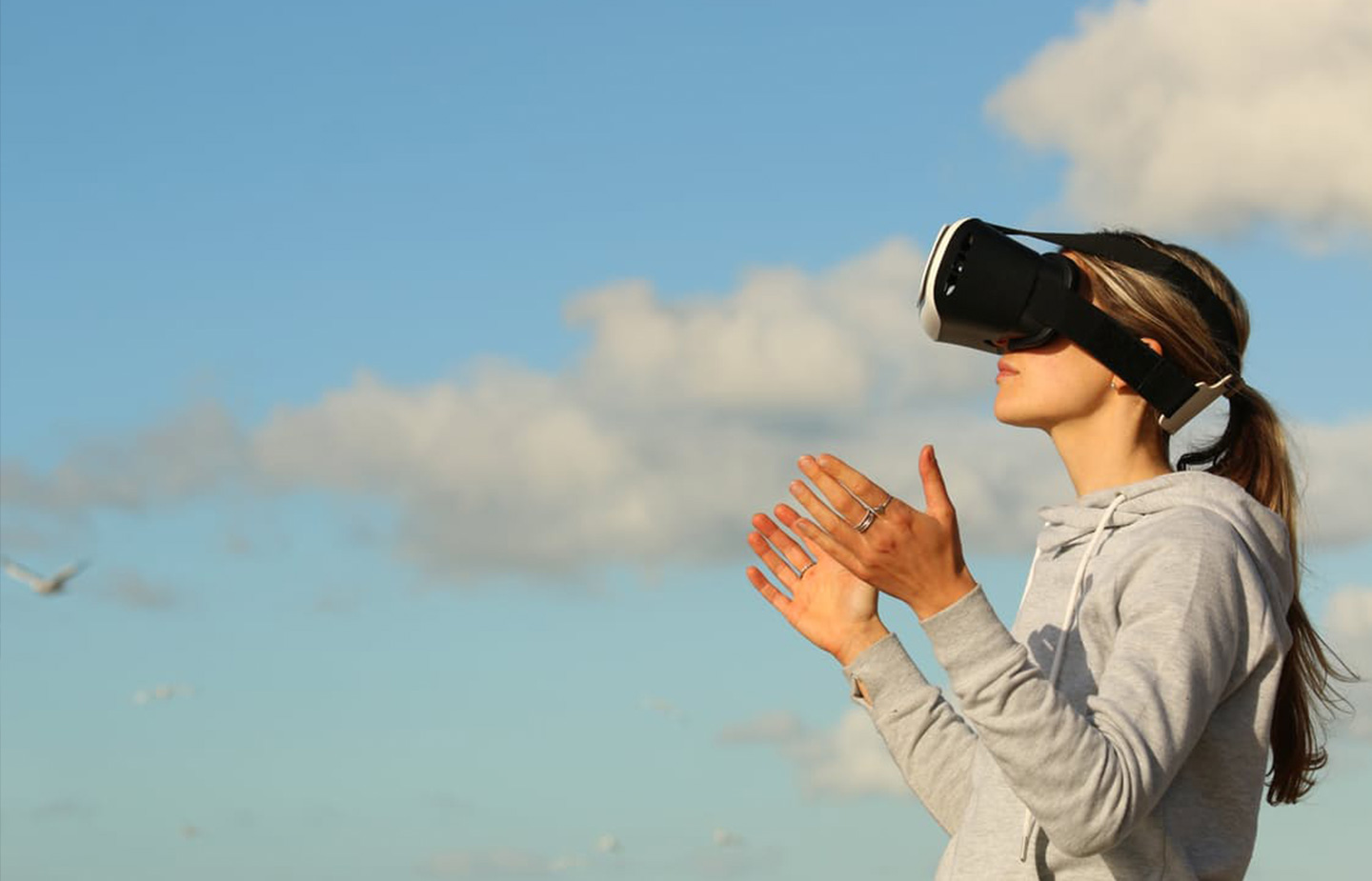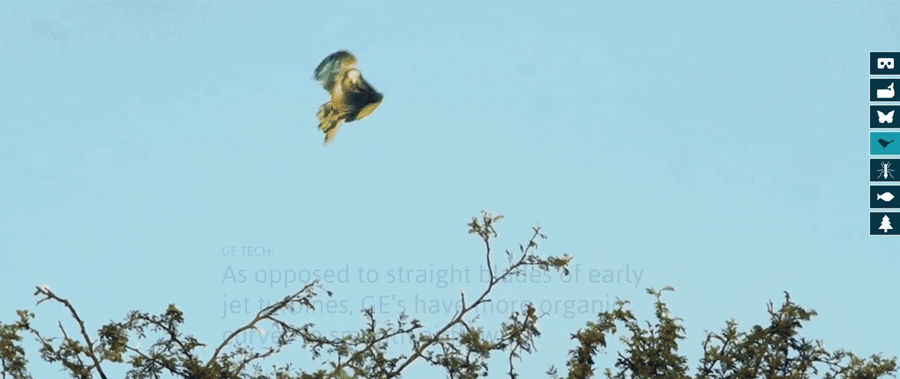
The New York Times’ Advice To Brands: Virtual Reality Is Not Easy
As part of our Ask the Experts series, we’ve been learning from the world’s leaders in content marketing and sharing their advice. In this interview with Adam Loeb, Senior Video Producer at The New York Times’ T Brand Studio, we chat about branded video and the challenges of executing virtual reality campaigns.
The following interview contains excerpts from The Epic Guide To Branded Video – 50 pages of free advice from the experts at The New York Times, BuzzFeed, Mashable, American Express and more!
Pressboard: What’s your role, your background and what first attracted you to content?
Adam: I’m the Senior Video Producer at T Brand Studio. When brands come to us, I dig deep and try and find the right stories, pitch them back to the clients, and then go execute them. My background is in film and documentary television. I was attracted to branded content because it gives me the ability to always be making new videos. And forcing yourself to make a great video in the branded space really hones your storytelling skills, forcing you to find the most interesting storyline and tell it as efficiently and entertainingly as possible.
VR can be a large upfront investment of budget, time and resources. Why should brands consider making it a part of their video strategy?
When it’s done right, and it takes a lot of factors coming together to get it right, VR can really take the viewer to an emotional place in a way that linear film can not. Instead of relaying empathy via a story, VR can put the viewer there instantly, allowing them to live the experience.
T Brand Studio’s custom virtual reality experience for GE
From your experience, what upfront advice would you give marketers considering creating VR experiences?
1) Bad VR can be very bad. A good rule of thumb is, “would I want to hold a cardboard box up to my face and watch this topic for a minute and half?” The experience has to be good enough to justify that.
2) VR is not as futuristic as clients tend to think it can be. Interactive experiences are still a ways off, and many times, the images themselves tend to look a little too “digital.”
3) VR is very singular, and if a brand wants multiple stories told, it may not be best the use of resources.
In your experience, what’s the greatest challenge with creating video content?
- Cost
- Creative Resources
- Production Time
- Distribution
- Measurement / ROI
- Other
Time. An idea can always change based on the level of money, there are different ways to approach and tell each and every story. But time, with few exceptions, can’t be bought with more money. The biggest challenge we have is in the pre-production period. Often, there’s not enough involvement in solidifying and approving ideas until the 11th hour.
MINI and T Brand Studio partnered on a VR experience for the launch of NYT’s VR app
What’s one habit the best video storytellers have?
The best video storytellers I know are always asking why someone would care about a narrative. It’s a question I hear often when brainstorming ideas, “why would someone care about this?” — simple, but incredibly effective in a world where you are competing for people’s attention with near infinite amounts of distractions.
In 100 characters or less, what is your favourite tip for creating great video content?
Story and characters are key. Every other aspect of filmmaking comes after.
Pressboard would like to thank Adam Loeb and The New York Times T Brand Studio for speaking with us and contributing to our latest e-book.
As part of our Ask the Experts series, we’ve been learning from the world’s leaders in content marketing and sharing their advice. In..
It all comes down to making smart people smile.
As part of our Ask the Experts series, we’ve been learning from the world’s leaders in..
As part of our Ask the Experts series, we’ve been learning from the world’s leaders in content marketing and sharing their advice. In..
Get your Content Marketing Fix
Sign up to receive tips on storytelling and much more.
We promise to respect your inbox.




